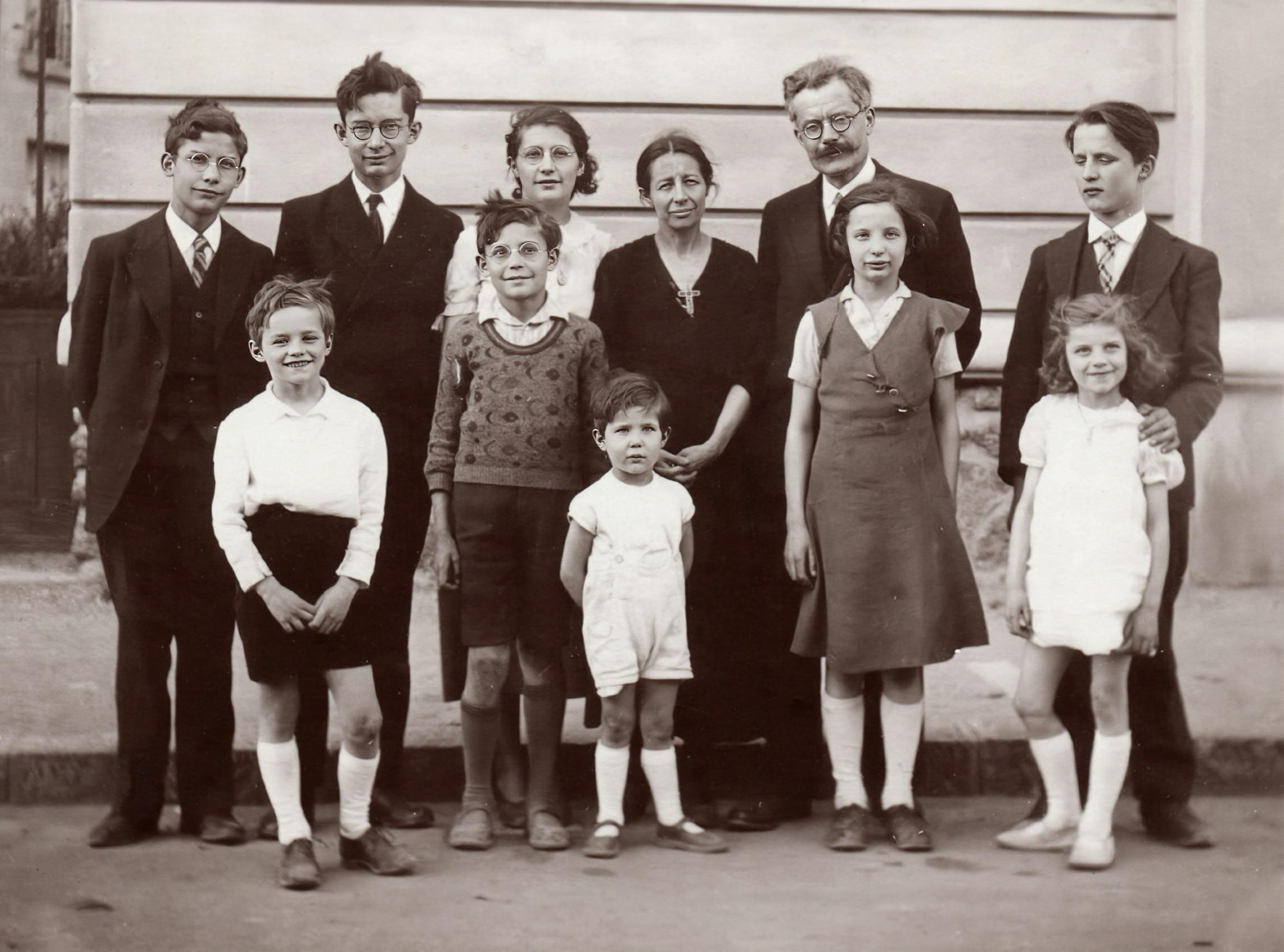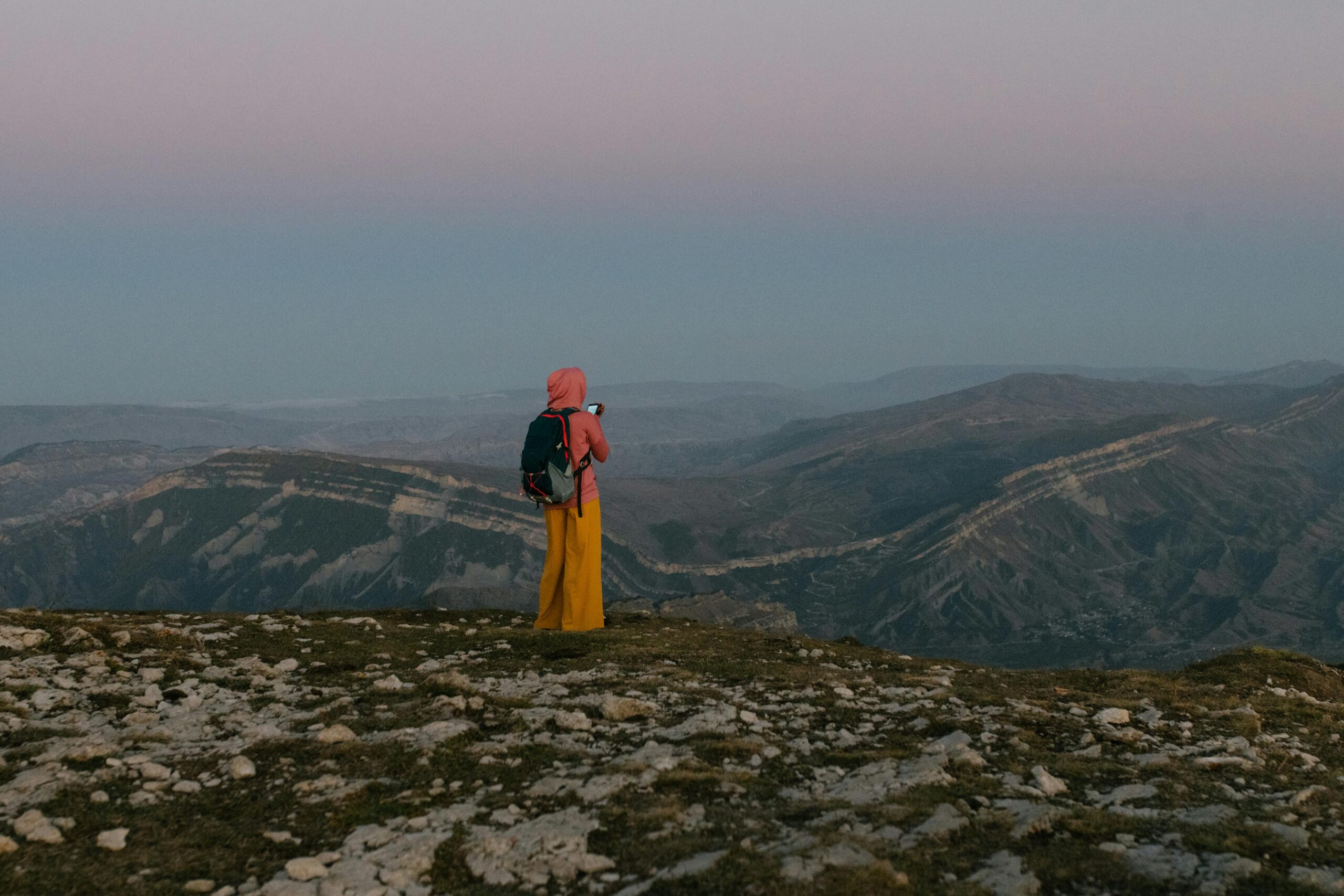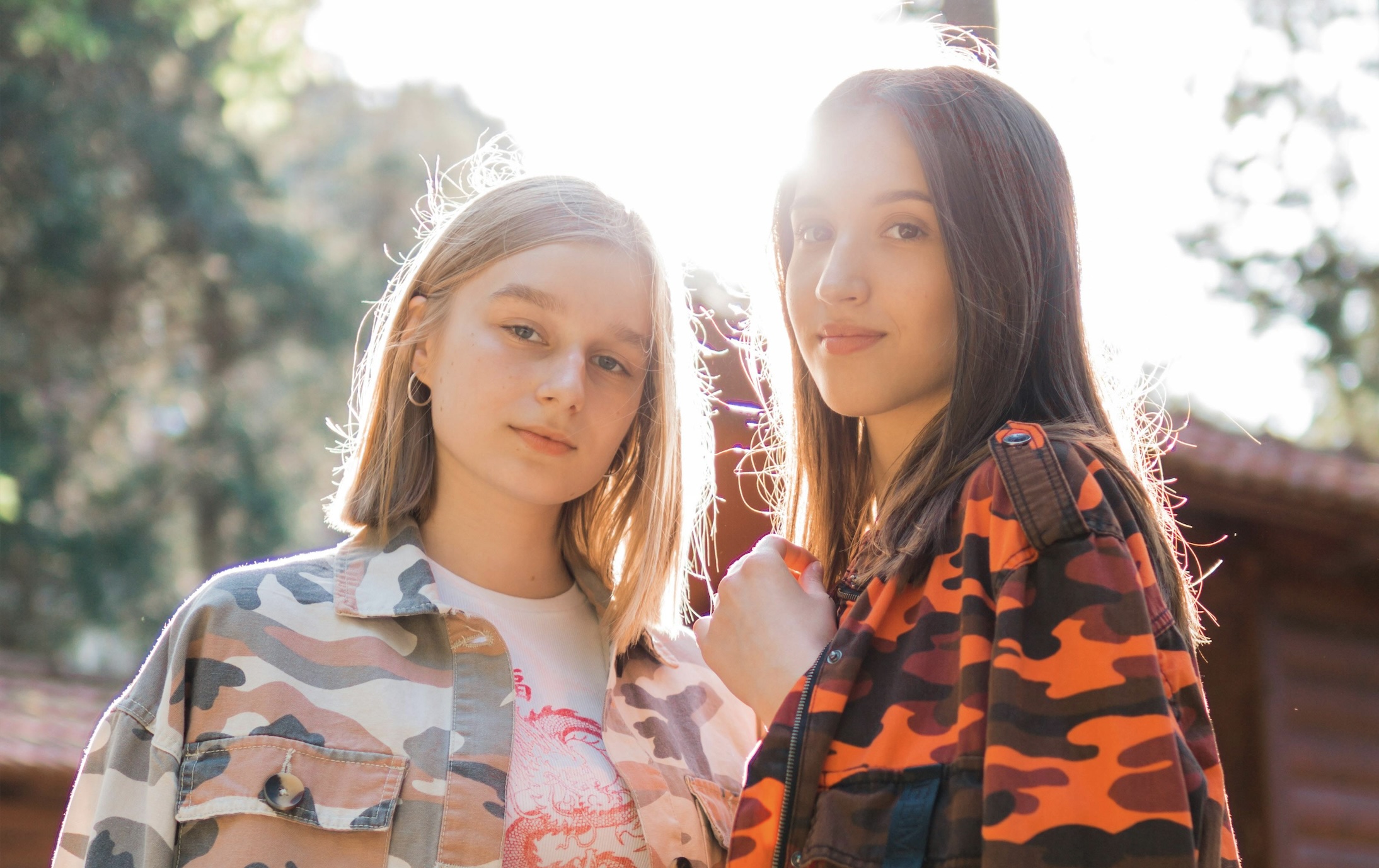
A notification arrives at 2 AM. Women across three continents are awake, whether they are nursing an infant, finishing a graveyard shift, or simply cannot sleep due to anxiety. They scroll through their phones to find messages of encouragement, practical advice, and the kind of understanding they might not find among the people they are with, and this is the new sisterhood and it is popping up in cyberspace in the form of women living at the margins of society constructing refuge spaces that transcend borders.
Women have been gathering, for generations, in kitchens, community spaces, and church basements, to talk about the struggles they have experienced and keep each other company to celebrate victories. Now that circle has expanded beyond expectations. The digital revolution does not replace those intimate gatherings with incredible staying power, and life-changing impact, but it allows us to form connections with women who may never encounter one another in real life.
The Power of Finding Your People
When you are a Black single mother living in rural Montana, or you are a transgender woman living in a conservative town, or you are an immigrant trying to navigate a new country while preserving your identity, it can feel impossible to find others who understand your experience. Predominately White support systems have not been built to support marginalized women, misunderstand who they are and how they should be supported, or they are absent.
For example, your parenting group may not understand the complexity of the challenges you face in trying to raise Black children in a predominately White landscape. Your workplace may not have one person who has a similar immigration experience. Your family may struggle to accept your gender identity. This is the beauty of online communities.
With a few keystrokes, that single mother in Montana is now connected to hundreds of Black mothers providing helpful parenting strategies that center around teaching against racial bias in schools. The transgender woman found forums where other trans women genuinely celebrate her journey, and provide her with information, not only about transitioning, but also about healthcare and finding affirming professionals.
The immigrant belongs to groups that, while continuing to honor their heritage, also share tips about starting a new life in the new country and provide new recipes alongside tips on visa information. These are not simply virtual chats, they are savers. Research indicates that women who get involved in online communities with support report decreased feelings of loneliness and improved mental wellbeing. After a lifetime of feeling like you were the only one, meeting your people makes all the difference.
Communities That Create Real Change
Simply belonging to a digital community offers more than emotional support for marginalized women; it turns into a vehicle for organizing, sharing resources, and cultivating collective action. When one member is discriminated against, it becomes a space for mobilization, giving legal advice, starting a crowdfunding process, amplifying her story, and advocating for justice. When systemic barriers arise, these communities breed documentation and advocacy for systemic change.
For example, attentive domestic workers have used WhatsApp groups to circulate information about fair wages and unsafe working conditions to generate informal networks, that’s akin to union structure! Disabled women use Facebook groups for everything from creating accessible business directories, documenting accessible practices, and working collectively to disrupt ableist practices. Indigenous women across North America have developed digital spaces to preserve traditional knowledge and confront the contemporary violence of missing and murdered Indigenous women.
These communities are often the ground for meaningful practical resources ignored by institutions. As a group, members create a shared document listing affirming healthcare practitioners, documents that summarize “know-your-rights” in multiple languages, and mutual aid networks that respond quicker than any government agency. When official systems fail the most marginalized women (which they often do), digital networks become the safety net.
The Messy, Beautiful Reality of Building Community
It is not automatically going to create genuinely uplighting online communities. It will take an intention, clear value systems, and diligence. The same anonymity that allows women with vulnerabilities to join is the same anonymity that allows trolls and bad actors to join. The same accessibility we want to allow these spaces to be powerful also facilitate navigating all different styles of communications, trauma responses under pressure, and engagement in conflict.
The strongest communities are ones that use ousting standards to normalize safety without closing the door on genuine expression. They normalize moderation and engagement plans that protect the members while encouraging intentionality through difficult conversations.
They acknowledge that marginalized women are not a monolith – the same shared space for women of color has to account for the impact of difference across the spectrum of racial and ethnic identities, while a completely different space for LGBTQ women has to include a discussion about class, ability, and immigration status outside of being queer.
This is messy work. There will always be disagreements and hurt feelings and at times potential to just give up because it seems easier. Most importantly, the women creating these spaces are persistent because they know one deep thing, their survival and being able to thrive depends on that work. They have come to understand, community is not about creating harmony, it is about showing up for one another in the midst of chaos.
The Digital Divide and Who Gets Left Out
As we celebrate our digital community, we also recognize those who are still excluded. Women who are marginalized do not all have smartphones, reliable internet access, or digital literacy. Older women, women living in poverty, and women who live in rural areas with limited internet access are more likely to face barriers to accessing the online space. Language might be another barrier, particularly when communities work in English, or do not have adequate resources for translation.
The most thoughtful online spaces recognize these barriers and actively work to build in these spaces. They have off-line chapters, disseminate information on multiple platforms, and create opportunities for in-person connection as part of the digital organizing. They raise funds for members who need devices or data plans. They create voice messages for those with limited literacy, and provide written transcripts for those who are deaf and hard of hearing.
What Real Sisterhood Looks Like Online
True digital sisterhood means being present in both difficult times and mundane moments – thinking of celebratory milestones like honoring someone’s first day at a new job, remembering her child’s birthday, or simply checking in with someone who has been quiet. It means the individual who saves another member’s post about needing a crib, and then tags and connects the woman with someone giving one away. True digital sisterhood means sending a voice message at midnight saying, “You are not crazy for feeling this way.”
It means lovingly holding each other accountable. When someone makes a harmful comment about another marginalized group, sisters who are in these communities lovingly educate one another instead of exile. They hold space for learning while still firmly putting boundaries around true harm. They know that marginalized women can perpetuate oppression too, and they know that calling it out is an act of community love.
Real digital sisterhood means recognizing when the collective online support is not enough, and connecting our members to professionals, crisis resources and sometimes emergency assistance. It means the community that helps one of its members escape domestic violence, cheering this woman on in this scary transition with every type of support – practical resources and encouragement.
The Future Is Connected
As advancements in technology continue to grow, so do the potentials of Sisterhood in the digital space. Virtual reality could allow women who can’t travel in person, to attend virtual immersive events. AI translation could take barriers around language out of the discussion instantly. And Blockchain technology could potentially provide secure virtual spaces free from the watchful eye of surveillance that disproportionately targets the most marginalized communities.
Technology is just a tool. What matters is what we do once we make that connection with other women, this is about the woman in Pakistan, cheering on the woman, in Pennsylvania, through a difficult pregnancy, the elder across the globe, sharing traditional forms of wisdom and knowledge with young women, the collective voice of numerous marginalized women being heard, as the community become too loud to ignore.
Digital sisterhood spaces show us that sisterhood isn’t determined primarily by how close we live to each other; ultimately, sisterhood is built through regular acts of care, mutual respect, and, sometimes, simply by the force of marginalized women refusing to separate.
Every late-night email thread, digital friendship via texts, shared access to digital resources, every moment of vulnerability met with mutual understanding, creates connections that spread beyond single stories and experiences of individuals, to each life they connect, and to the lives and futures of communities.
In a world that usually wants to silence marginalized women or set them against each other online, these communities do a radical thing: they help women connect around their shared humanity and recognize the uniqueness of their individual experiences. They show that the bond of sisterhood can indeed be real and even powerful and healing, even across screens and oceans and time zones.

















